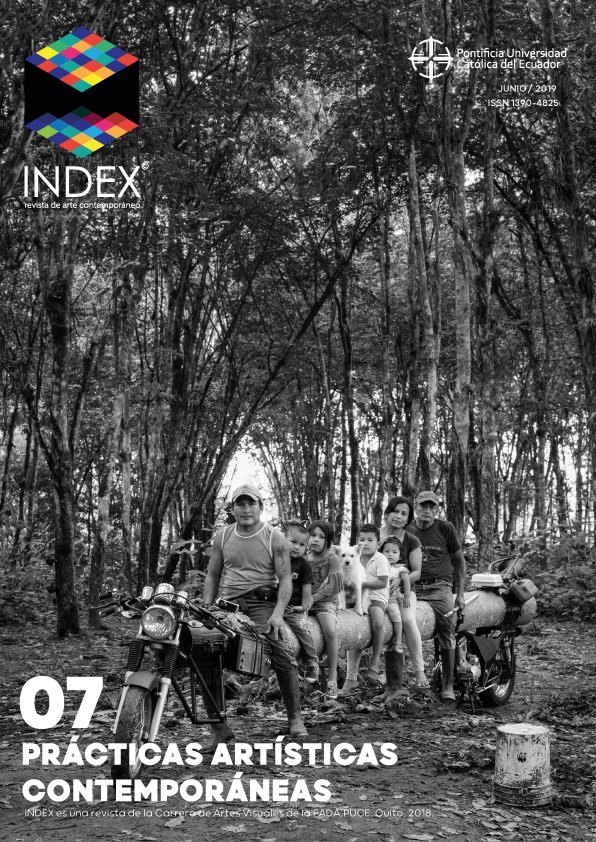The Feminine paradigms embodied in art and perception of women at the beginning of the 21st century in Mexico and Latin America
Main Article Content
Abstract
Women image represented in art has been transformed according to their context, which followed beliefs and purposes. Two decades ahead, 21st century, it is possible to recognize paradigms origins for feminine image, as well as to make a criticism towards these obsolete thoughts nowadays. In this way, this article hopes to show some of the feminine conceptions, mainly in Mexico and Latin America. It is pointed out by different authors and artistic works, imply that elements of domination over woman’s body can be seen in this context, but also are applied over other vulnerable groups. Finally, different thoughts on the meaning of art and the power it has on viewers.
Downloads
Article Details
Index, revista de arte contemporáneo maneja sus derechos bajo licencia Creative Commons Reconocimiento-NoComercial 4.0. En ese sentido los envíos quedan sujetos a la decisión del autor.
References
Bourdieu, P. (1998). La dominación masculina. París: Editorial Anagrama.
Butler, J. (2007). El género en disputa: el feminismo y la subversión de la identidad. Ediciones Paidos Ibérica, S.A. New York. https://doi.org/10.1017/CBO9781107415324.004
Carpani, R. (1961). Arte y revolución en América Latina. Buenos Aires, Argentina: Editorial Coyoacán.
Comisarenco, D. (2010). Diosas y madres, el arquetipo femenino en Diego Rivera. Athenea Digital, 19 (noviembre), 191"“212.
Danto, A. (2005). El abuso de la belleza: la estética y el concepto del arte. Barcelona, España: Paidós Ibérica.
Despentes, V. (2015). Teoría King Kong. Lectulandia, 76.
Escudero, J. A. (2003). Estéticas feministas contemporáneas (o de cómo hacer cosas con el cuerpo). Anales de Historia Del Arte, 13, 287"“305.
Espinosa, G. (2001). El retrato femenino en México durante el siglo XIX. Tiempos de América, 8(8), 107"“120.
Natalia Encinas, G. M. (2018). "Aquelarre subversiva". Políticas de autorrepresentación en las prácticas artísticas feministas populares y migrantes, Cooperativa Gráfica La Voz de la Mujer. Discurso Visual, 42, 26"“36.
Nestor García Canclini. (2001). La producción simbólica: teoría y método en sociología del arte. D.F., México: Siglo veintiuno editores.
Pedro Domínguez, Jorge Becerril, E. B. (2019). Día Internacional de la Mujer: marcha minuto a minuto. Retrieved March 14, 2019, from https://www.milenio.com/politica/comunidad/por-dia-de-la-mujer-marchan-sobre-reforma-minuto-a-minuto
Smith, R. (2018). "˜Hilma Who?"™ No More - The New York Times. Retrieved March 14, 2019, from https://www.nytimes.com/2018/10/11/arts/design/hilma-af-klint-review-guggenheim.html

